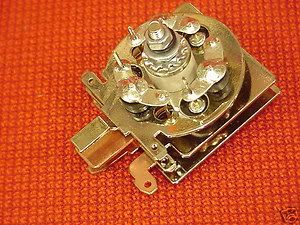DayleW wrote,...
If the problem is within the rectifier, in other words within the diode bridge, then the iginition light will glow at idle but as the engine revs rise, the light will go out. You'll also see more than 12V on the battery at idle. Using an oscilloscope to view the voltage waveform will certainly provide an answer in this regard.
See how you go,
Ron.
I just read your alternator brush replacement thread. It sounds like it might be a rectifier fault. Maybe the brushes too.
If the problem is within the rectifier, in other words within the diode bridge, then the iginition light will glow at idle but as the engine revs rise, the light will go out. You'll also see more than 12V on the battery at idle. Using an oscilloscope to view the voltage waveform will certainly provide an answer in this regard.
See how you go,
Ron.


